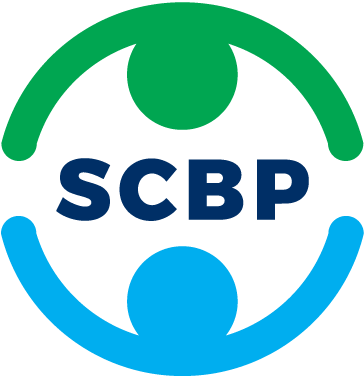You are here
Case Studies 1
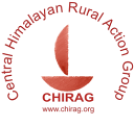
Case Study 1
Improving Sanitation and Hygiene in Uttarakhand Villages
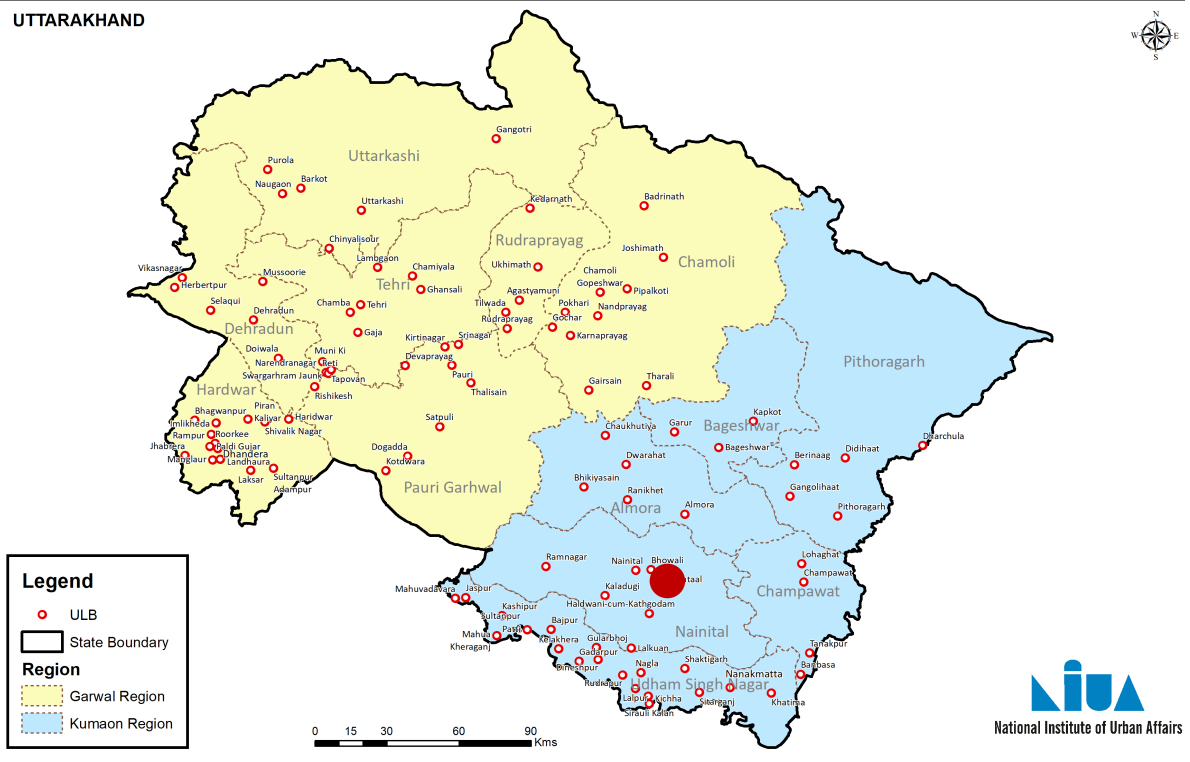
OVERVIEW
Over the years, Uttarakhand has started losing its more than 2.5 lakhs springs to climate change, many communities still completely depend on the vanishing springs for their water needs. One such cluster of 57 villages with 20,000 people is located in Nainital district of Kumaon region of the state. The communities here are barely able to meet their cooking and drinking needs with less than 55lpcd water. In such conditions personal hygiene has taken a backseat and worst affected are the women and little girls. As per a field survey conducted in 2019 with a sample size of 1600 students, it was recorded that in these villages, 23% of the female students were not able to attend schools during menstrual cycle due lack of proper sanitation facilities at school. With 30% children having a history of water-borne diseases, the situation was alarming.
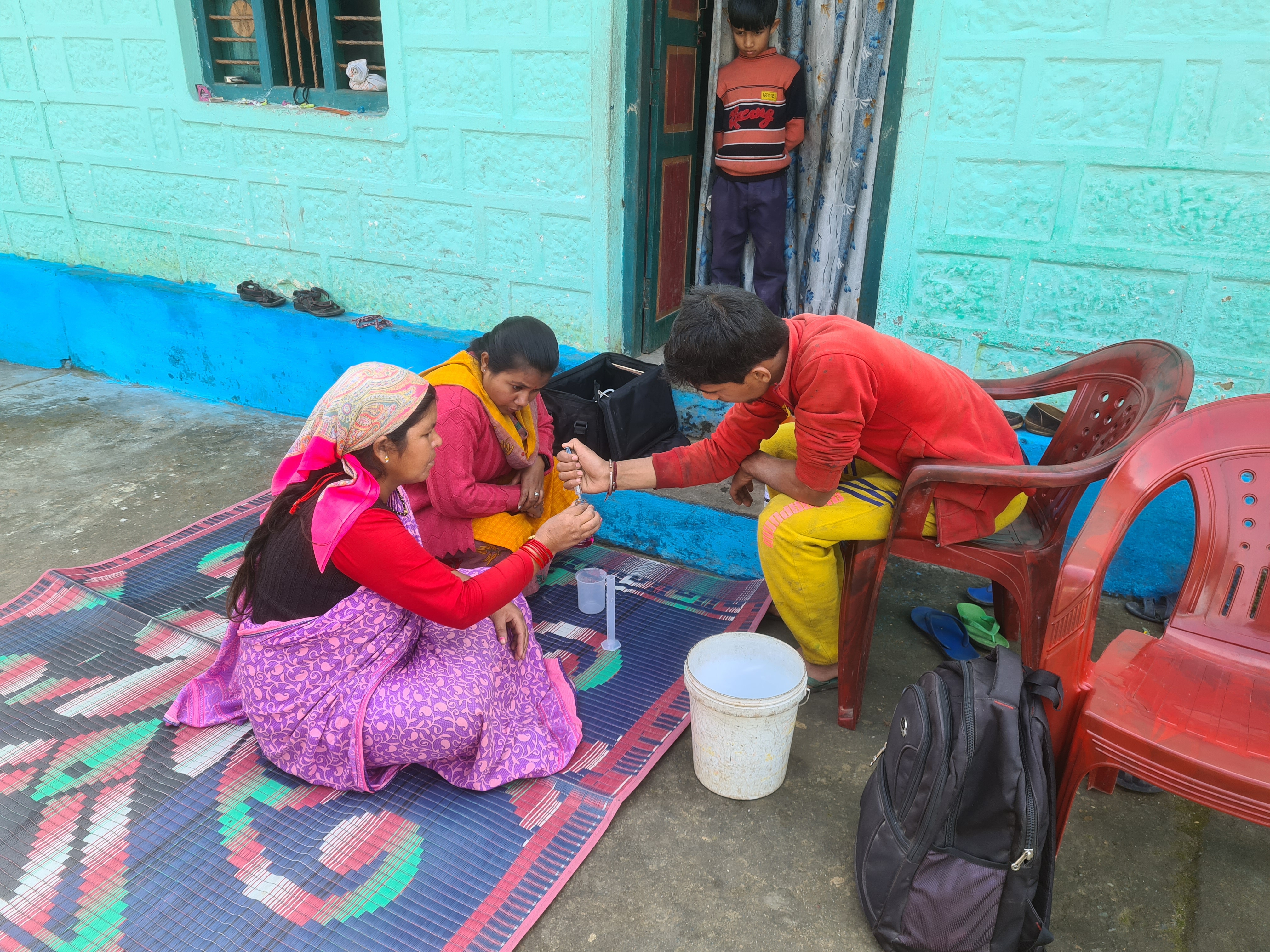
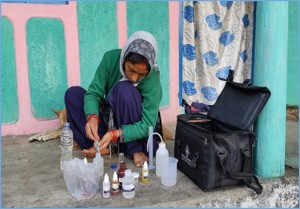
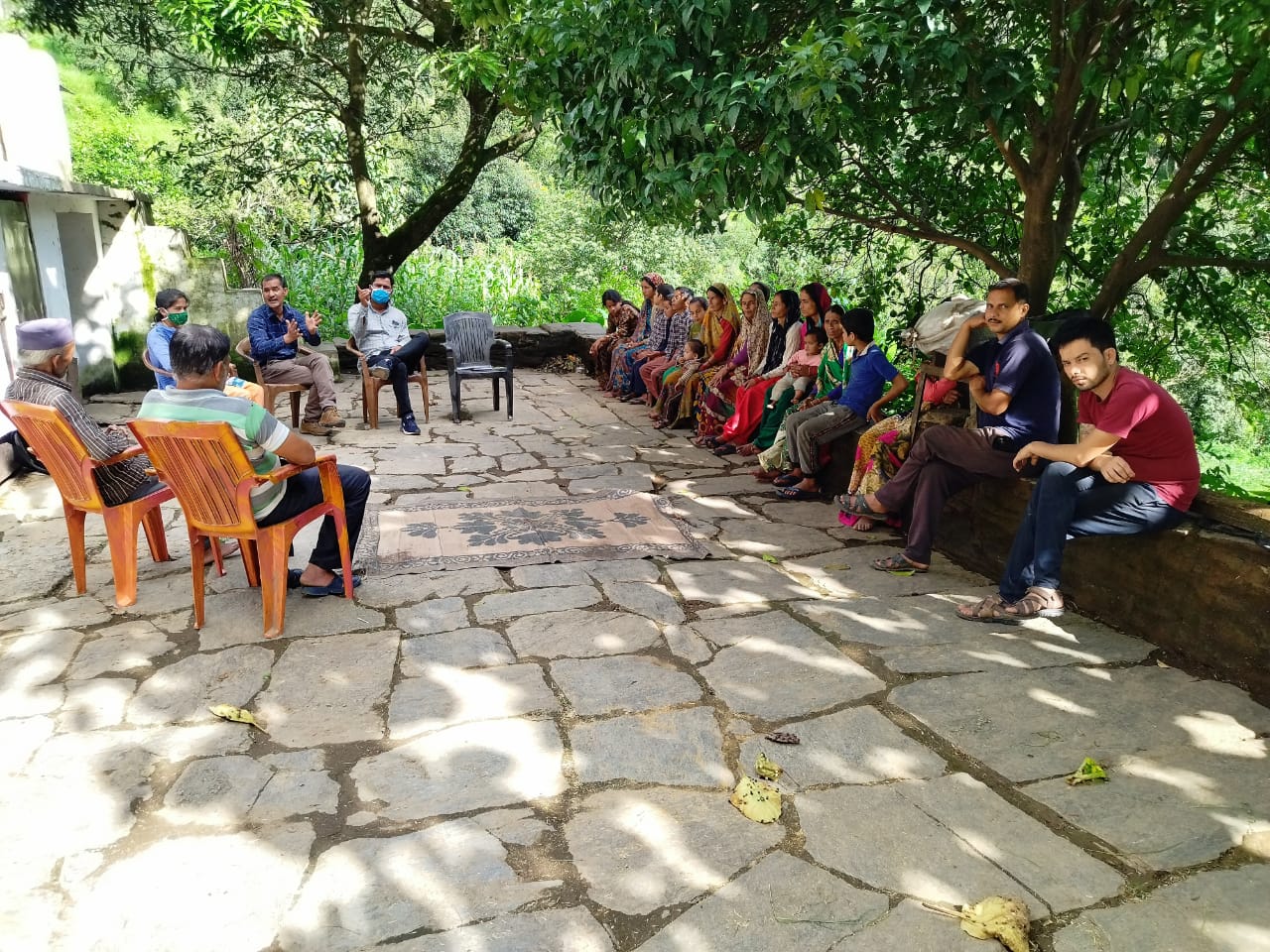
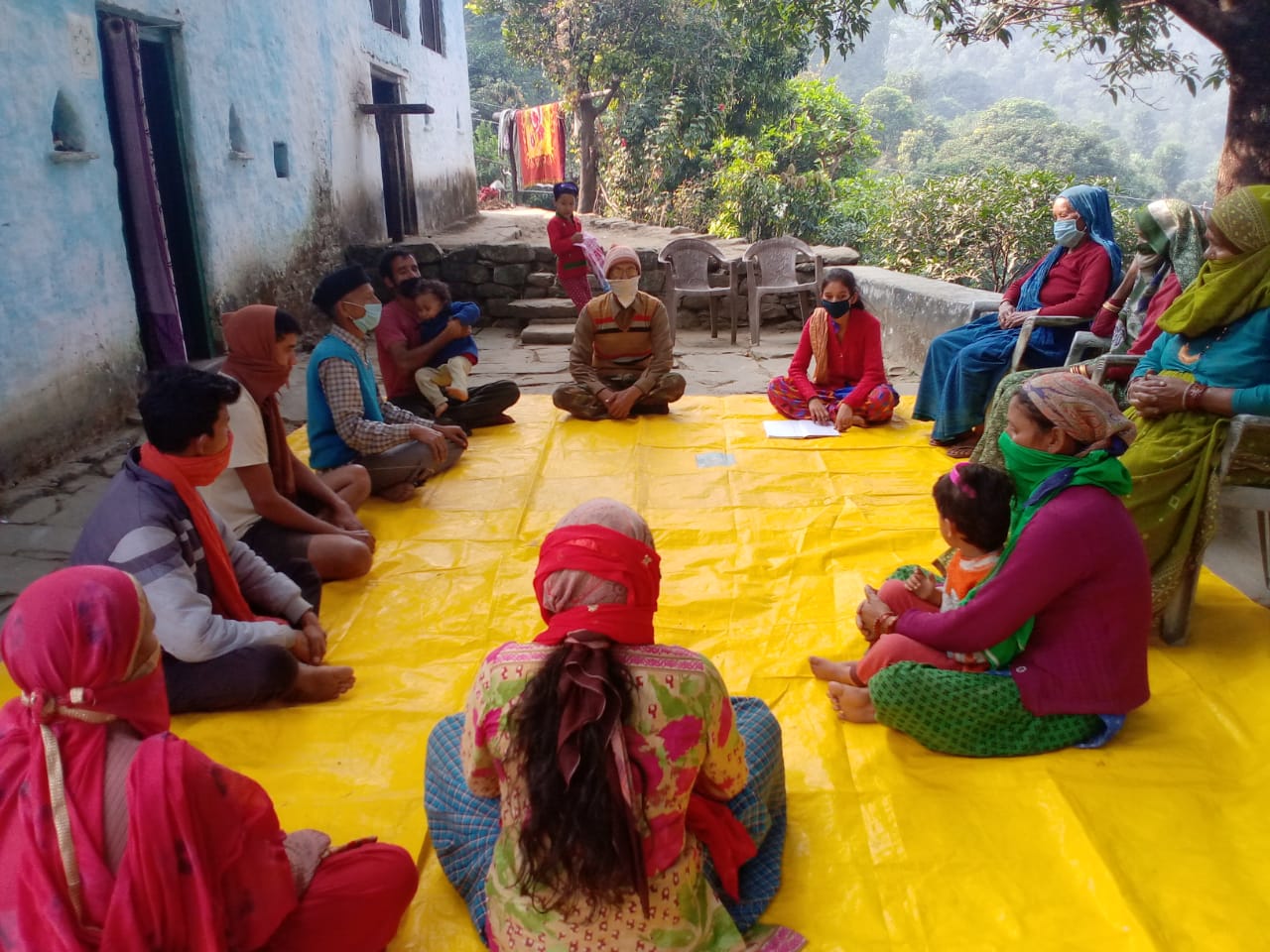
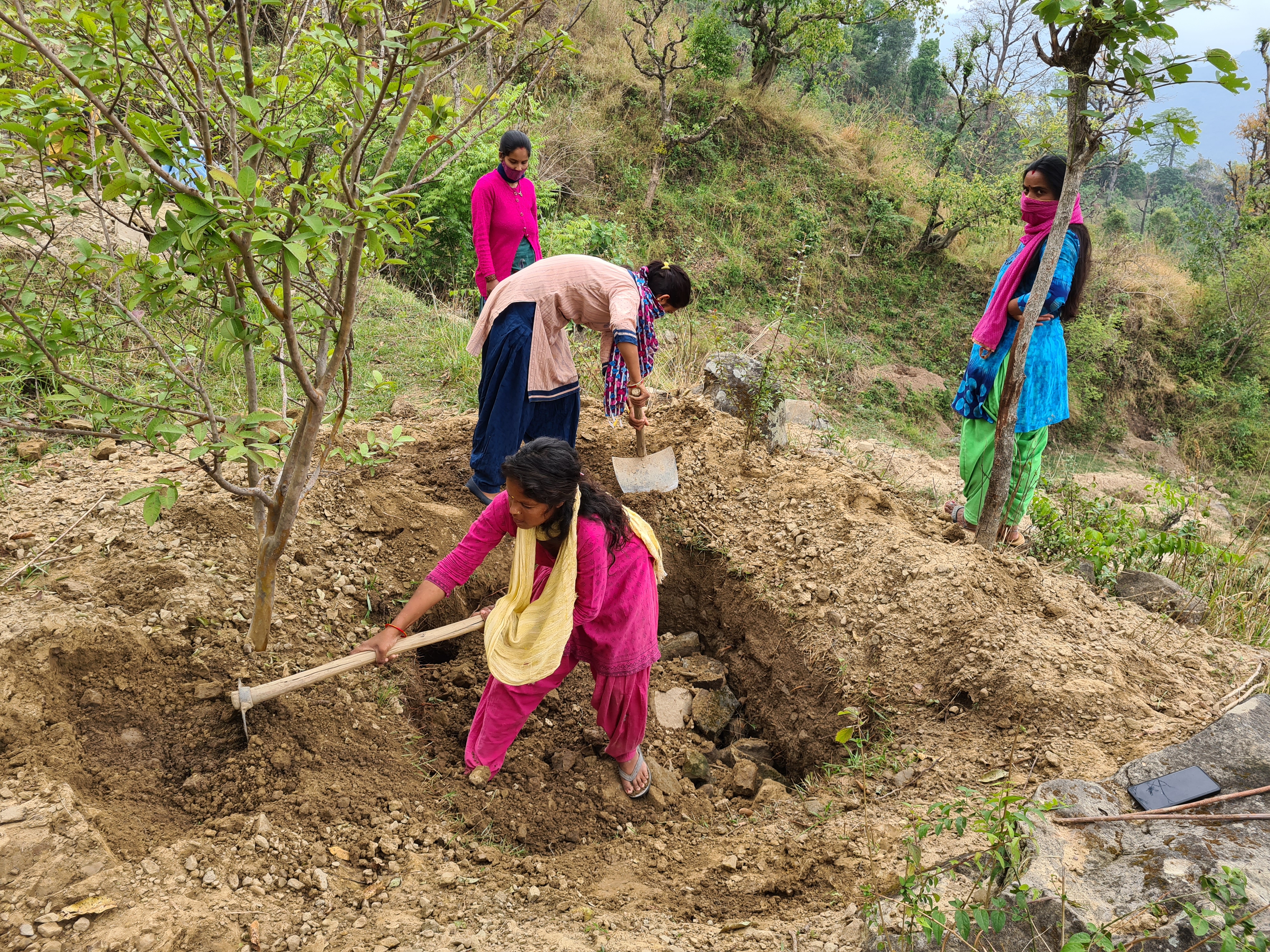
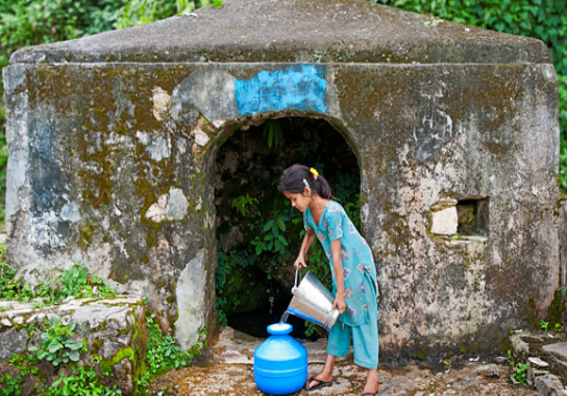
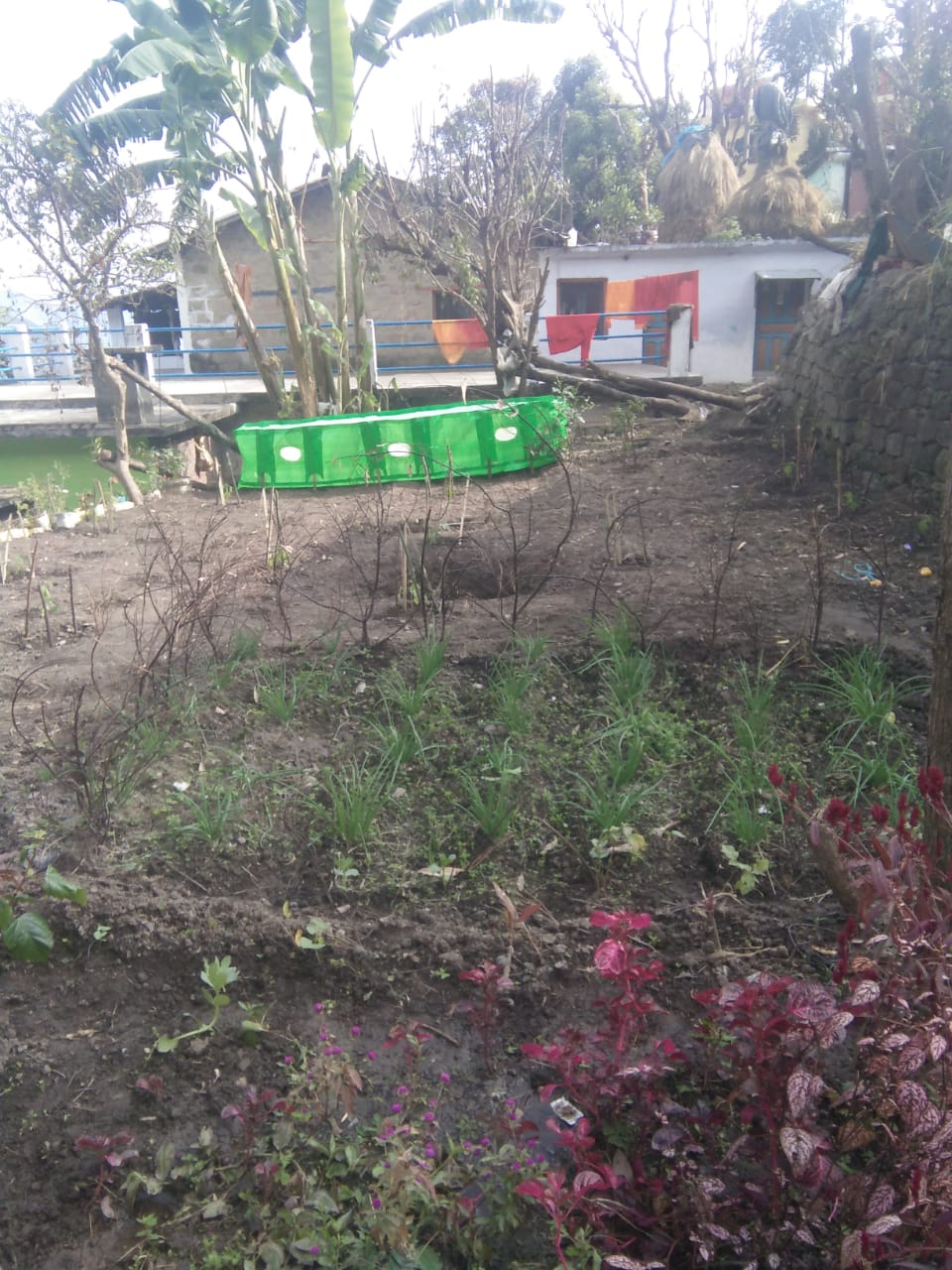
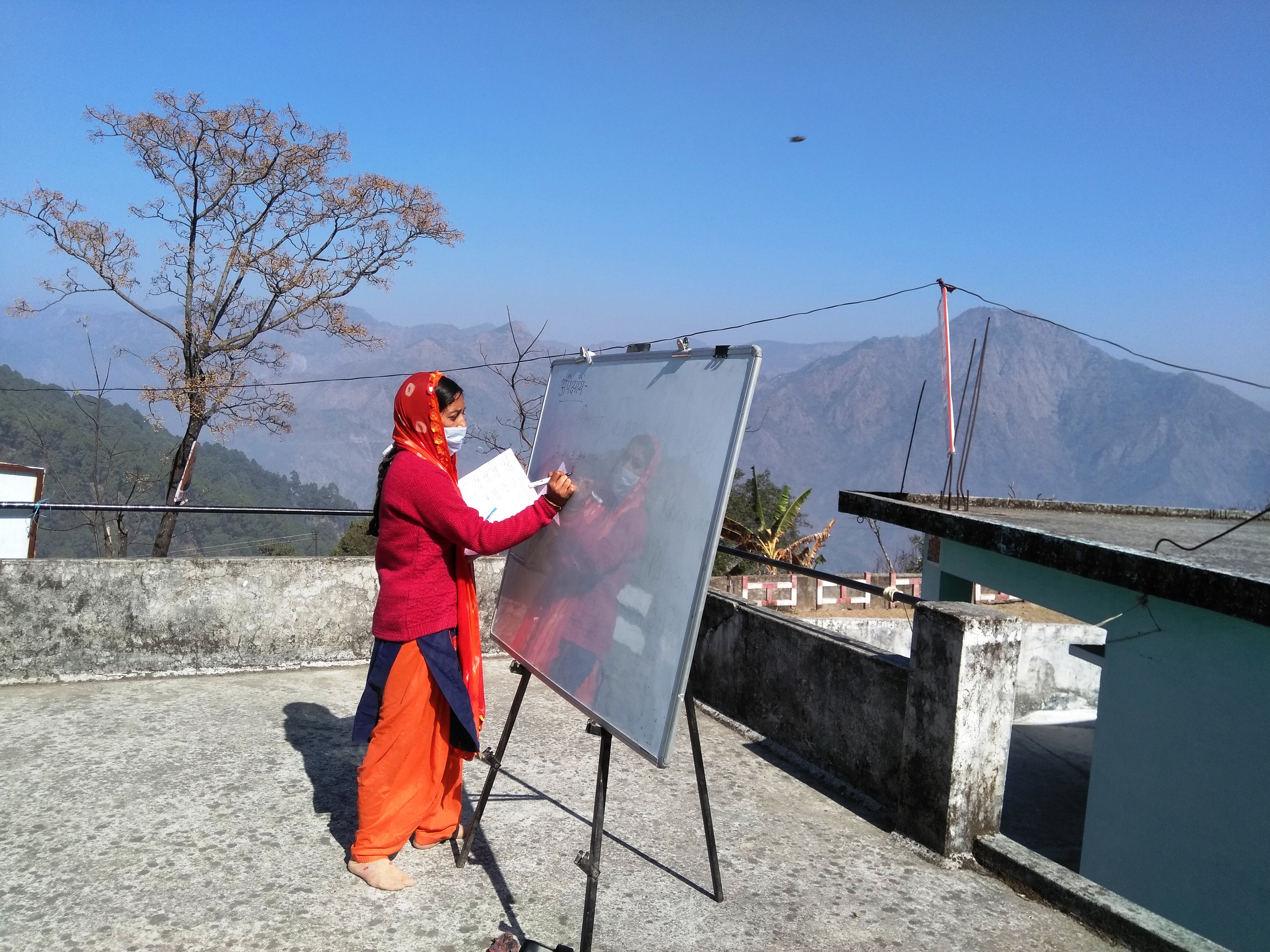
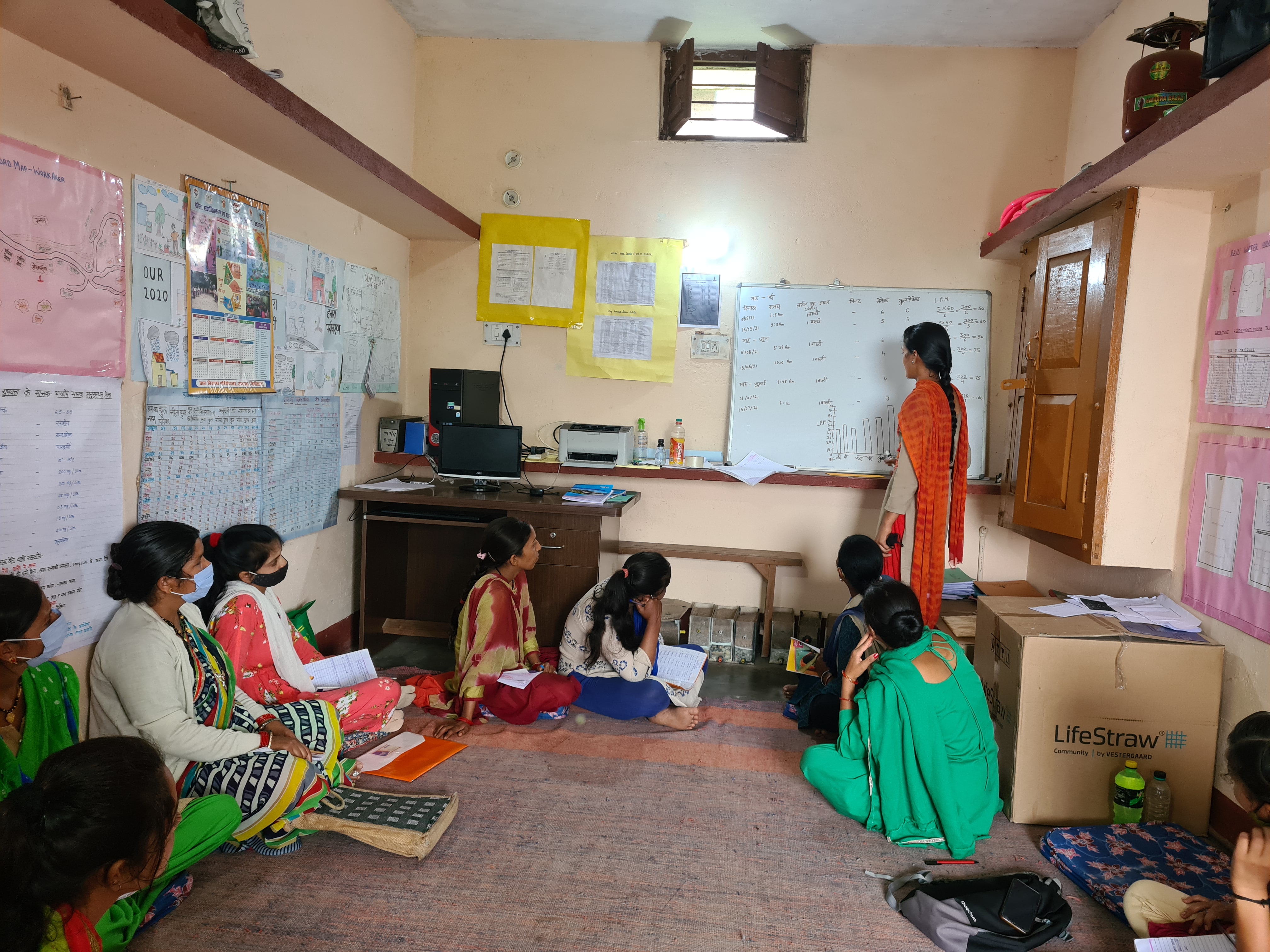
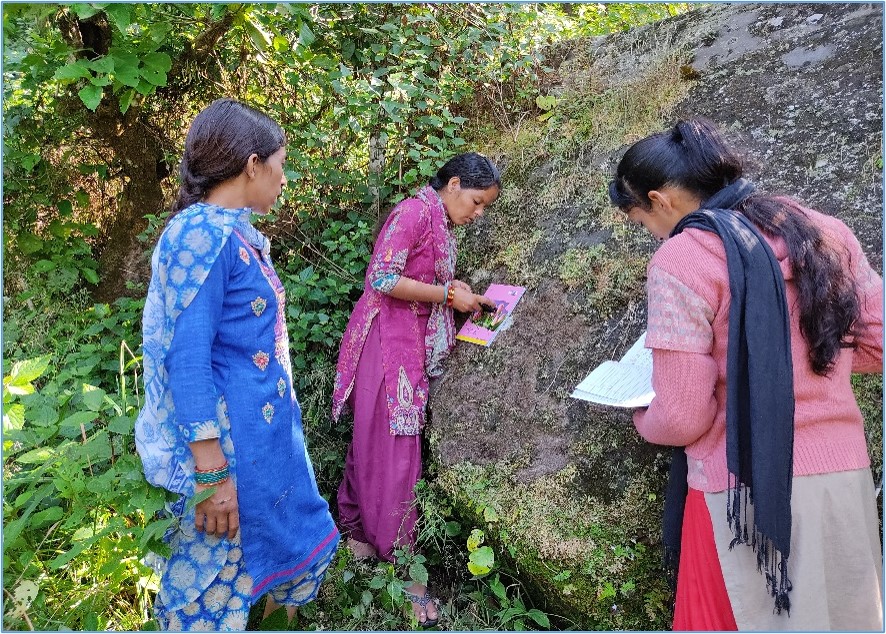
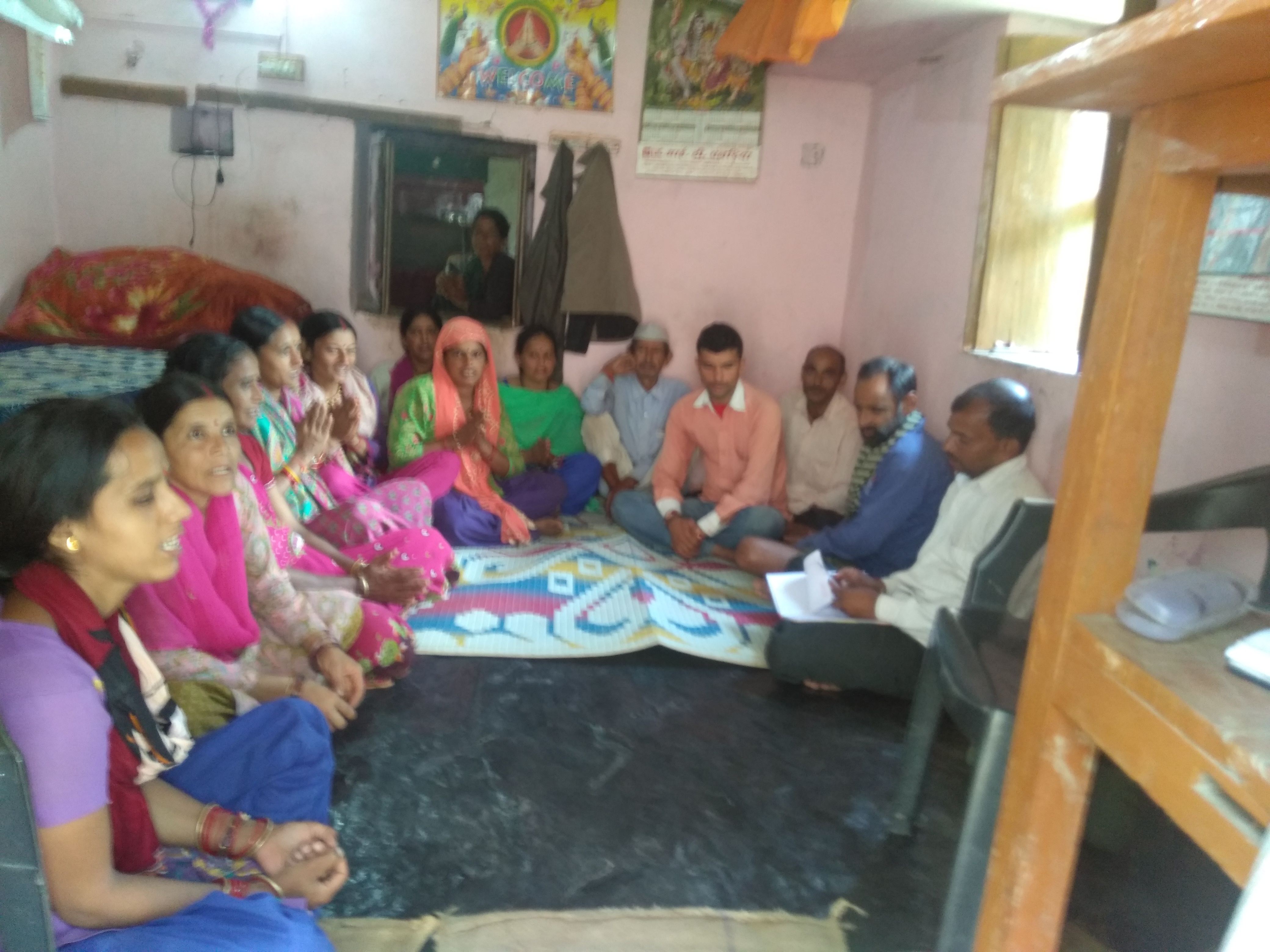
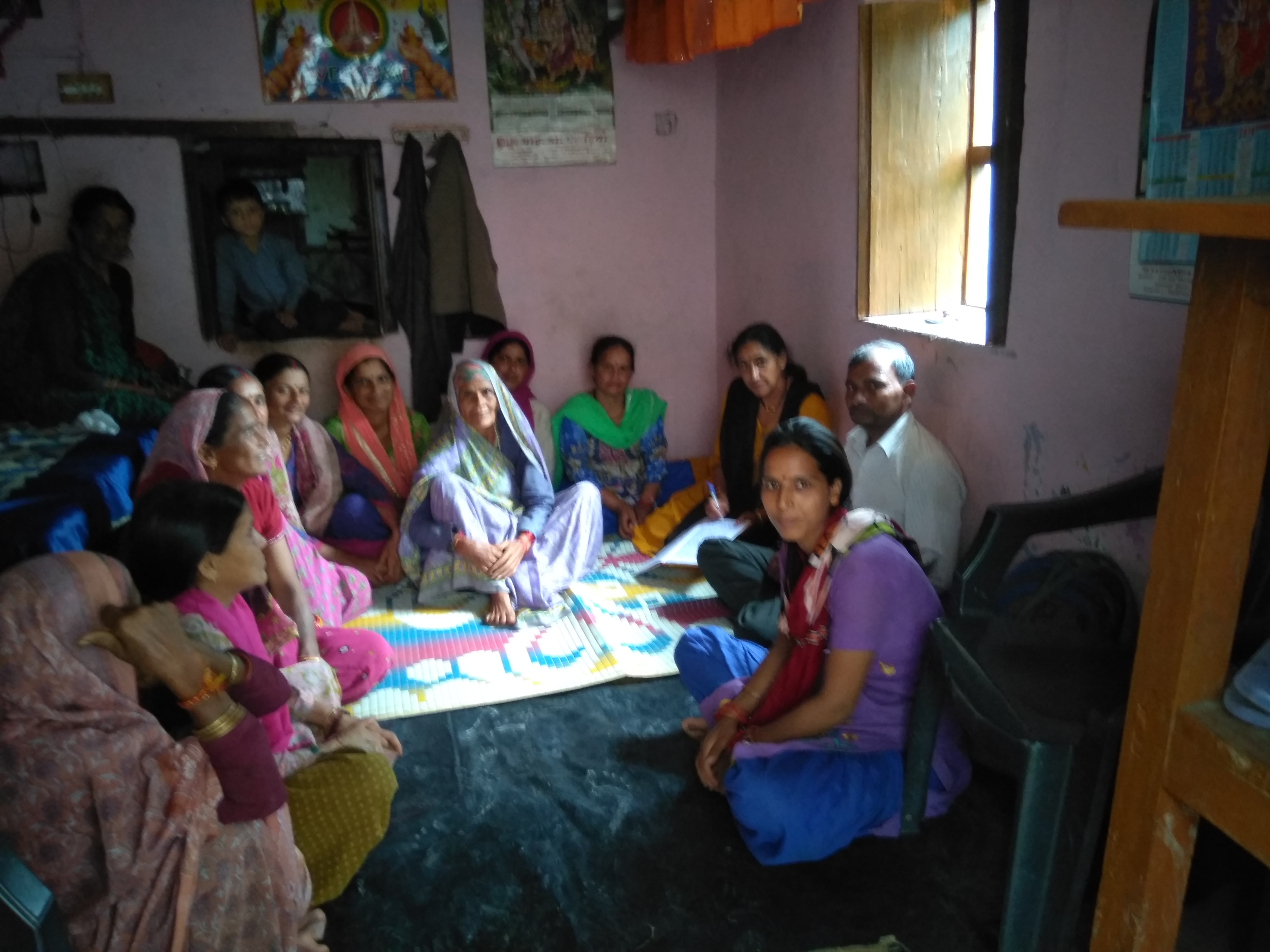
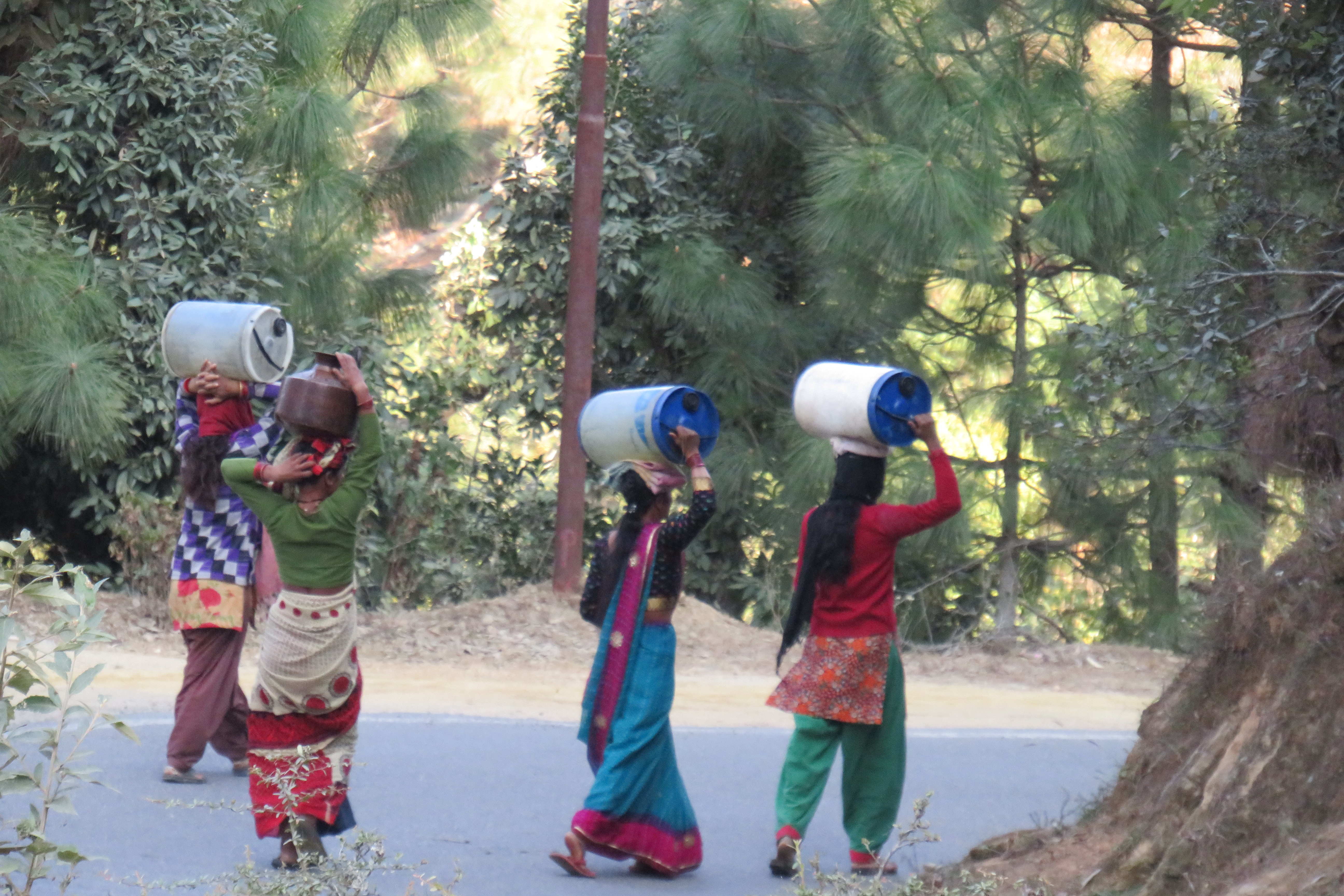
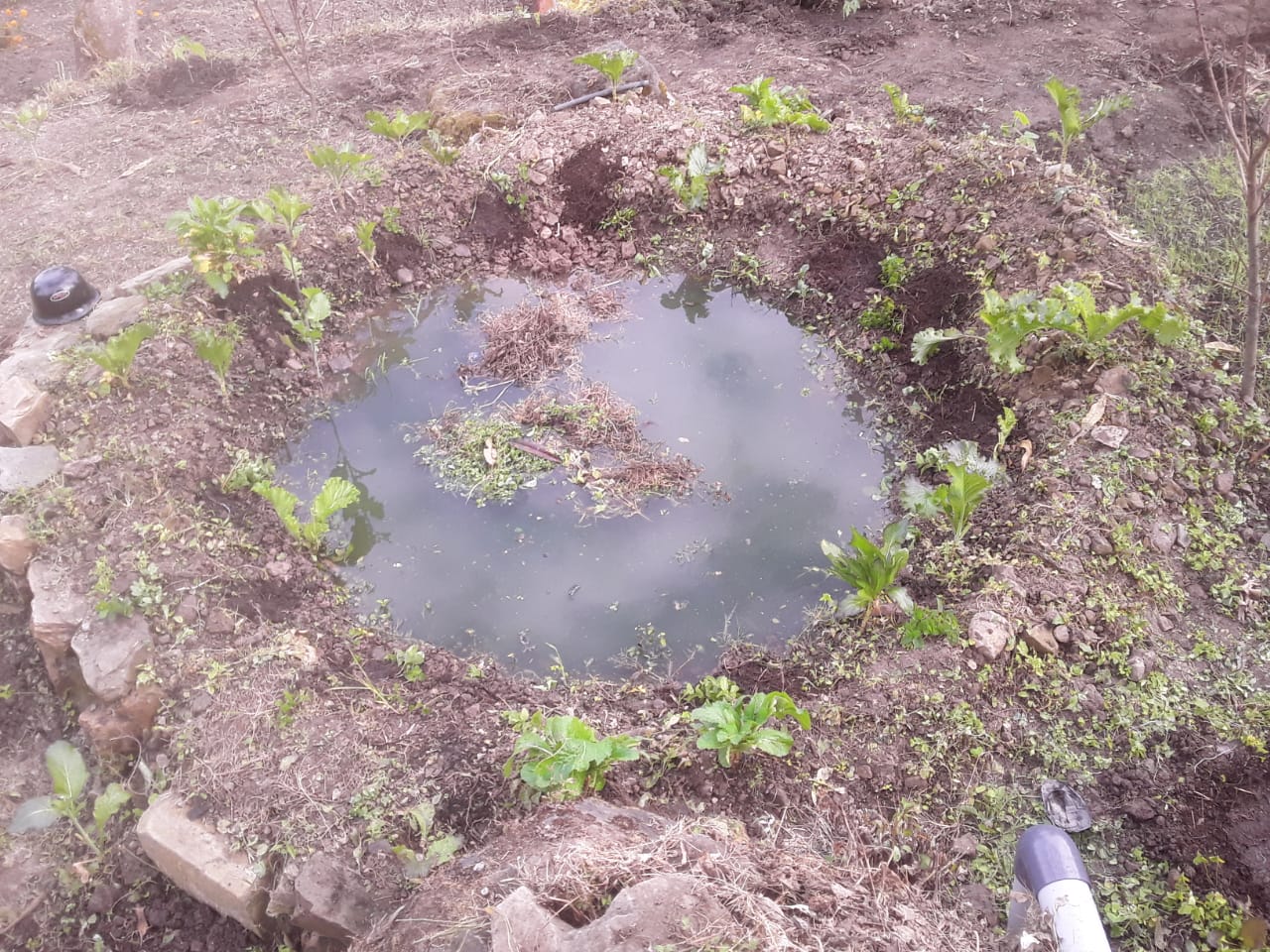
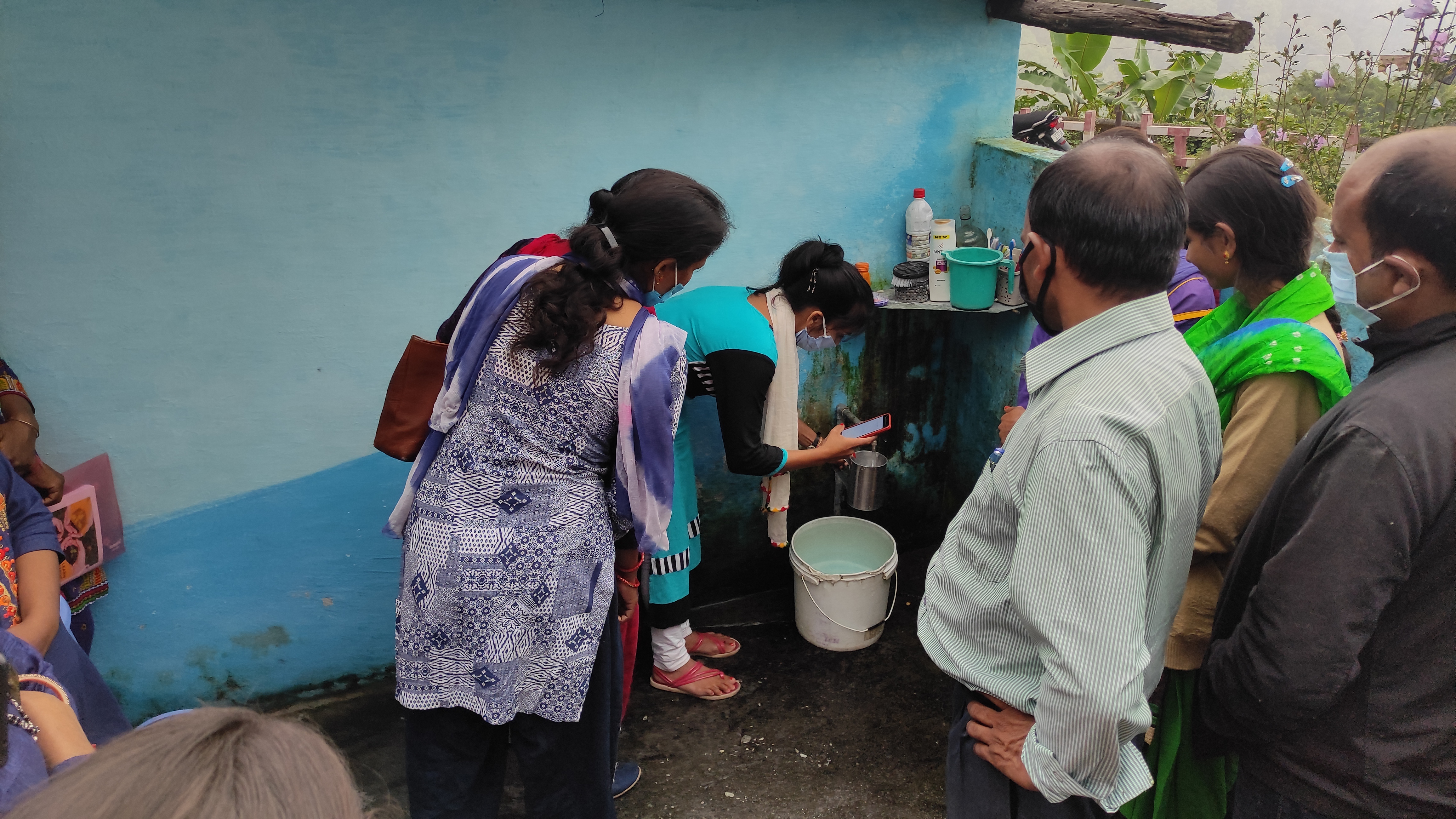
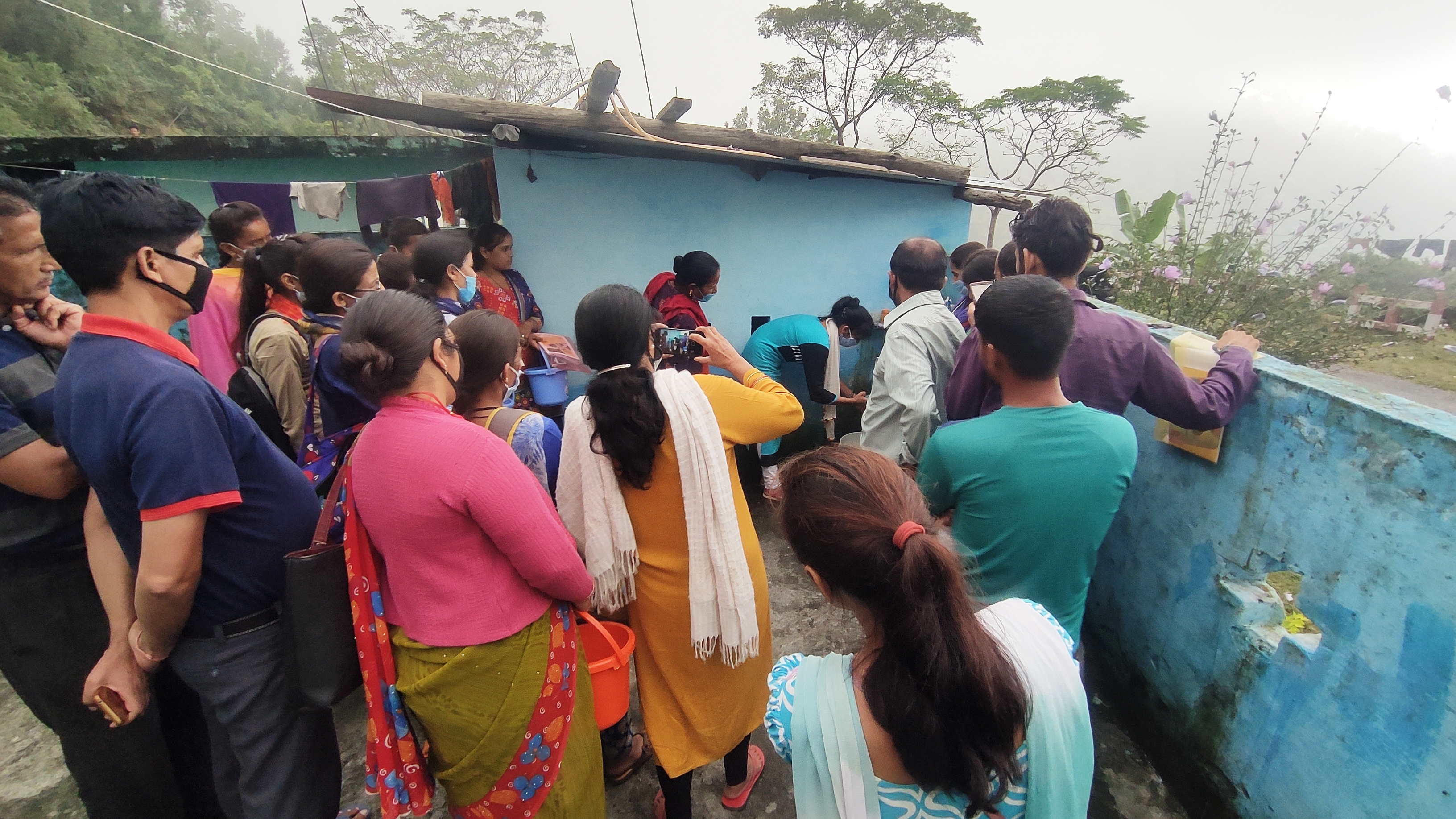
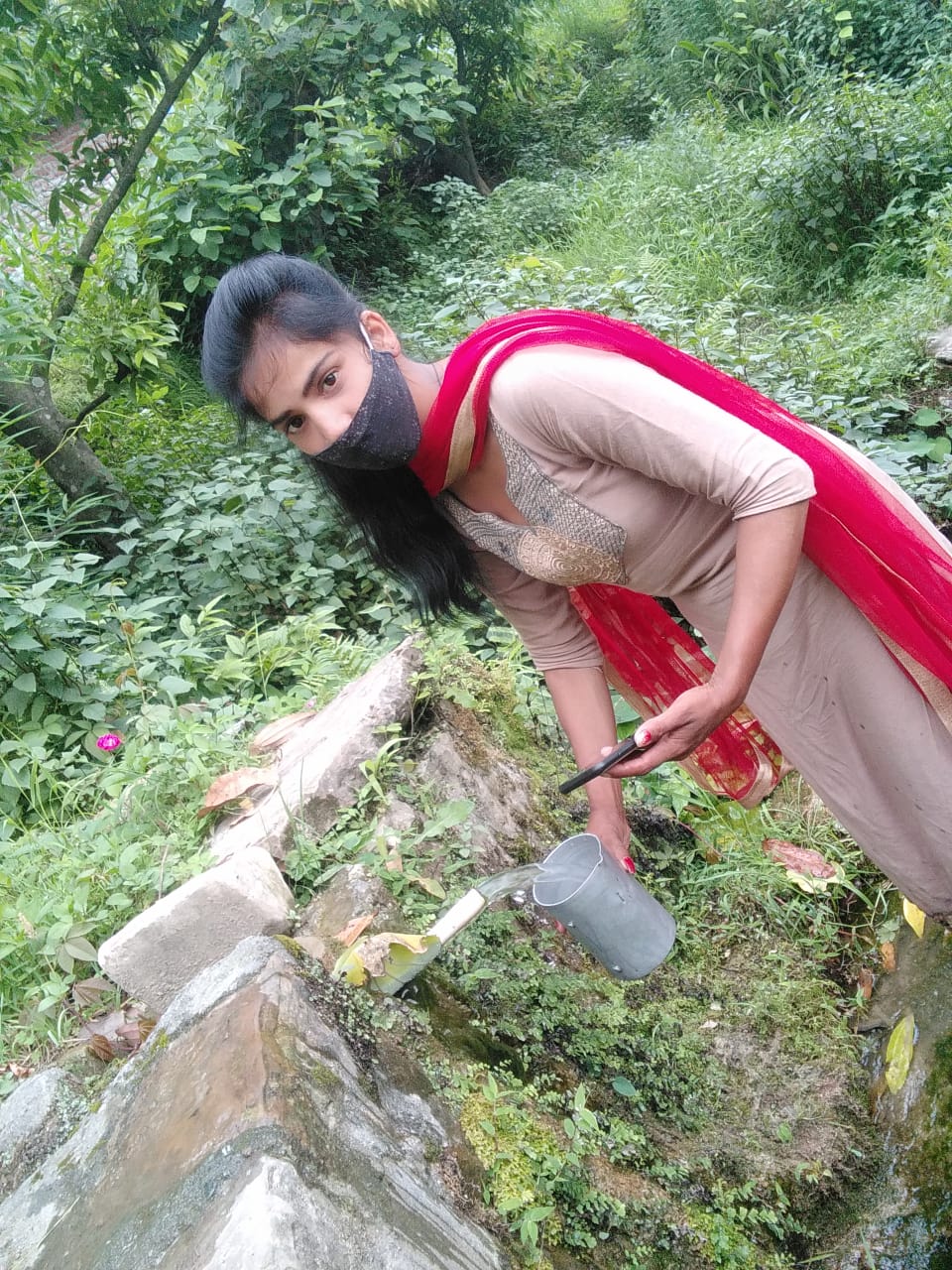
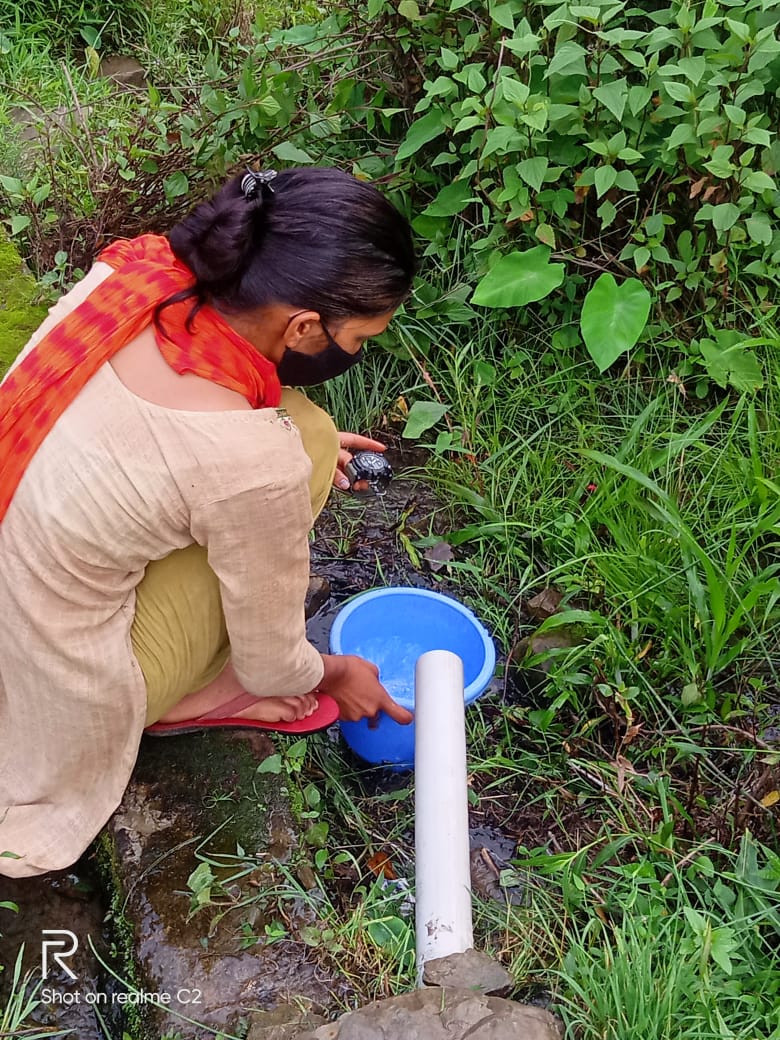
Interventions
Central Himalayan Rural Action Group (CHIRAG), a Uttarakhand based NGO, developed a springshed management approach to systematically and methodically maintain a continuous flow of water in the spring sources. Based on the geology and hydrology of the terrains, potential aquifers feeding the springs were identified followed by identification of catchment zones. Appropriate treatment measures were then designed with results of water quality testings in consideration. Rainwater harvesting tanks and treatment units like nutrition gardens were put in place to support the whole intervention. While CHIRAG was playing a role of technical facilitators and mentors, the program was designed to be led by communities, participation of villagers especially women in governance of the water bodies, its maintenance and decision making was kept at forefront by forming village level institutions. To encourage the females of the villages and increase their participation in the program, the leadership positions in these institutions are reserved for the women. The safeguarding rules for the management of water bodies to ensure equitable access to water are decided by the executive body by proposing need-based households for construction of rainwater harvesting tanks. This body also took the responsibility to encourage more villagers to be a part of the initiative. They made sure that funds are collected on time for O&M of developed infrastructure. To ensure the sustainability of this rejuvenation program, water filters were distributed and communities having faulty toilets in the catchment zone were consulted by the team. Since it was a community led program, another crucial step was to strengthen the institutional structure in these villages. Thus, knowledge transfer, trainings, mentoring, exposure visits and formation of the institutions was done to ensure that there is a competent body at the village level to sustain the interventions.
Conclusion
- Discharge in the spring water sources has increased by 5,43,60,000 liters/year
- Additional 48 litres of water available every day for everyone 72,10,000 liters of water/year is available for 3132 beneficiaries through rain water harvesting tanks
- 1,18,924 litres of filtered water is dispensed to the children at educational institutions
- Notable improvement in the attendance of female students at schools
- The cases of water-borne diseases have reduced by 10% in the last three years
- The grey water is being managed through nutrition gardens by growing variety of herbs, vegetables and fruits
- The whole initiative generated employment of Rs 72,24,565 for the communities in the form of labor payments and petty services
- The program currently active in 57 villages is expected to scale up to 96 villages by March 2024.
With rainwater harvesting, judicious use of available water and recycling of the used water, the water sources have started rejuvenating on a sustainable scale. CHIRAG was supported by their partner, Ashok Leyland, A Hinduja Group Company, in executing these interventions. This approach by CHIRAG on springshed management is also adopted by NITI Ayog and Jal Jivan Mission. Its initiative on sanitation and hygiene through rejuvenation of spring water sources are being adopted in the states of Himachal Pradesh, Uttarakhand, Sikkim and Meghalaya.
“Earlier, we used to send our grandchildren to school just by wiping their faces with a wet cloth; we did not have enough water for which we had to walk long and wait for our containers to fill. The water discharge was very less in the source and we did not have time to fetch enough water early in the morning, so we used to send them like that. Now, they bathe daily and go to school. We have a tank now which fills during the rains. The source also has a lot of water now, we don’t wait much for collecting it.”
- Mrs. Shanti, Gumalgaon(Vill.)
“Everybody at our home had Typhoid in year 2019. We thought, we might have upset the gods. We performed religious rituals and yet our son fell sick after that. We drank water from Naula, worshipped it as the purest source of water. When CHIRAG team visited our villages and tested the quality of water, we came to know about presence of bacterial contamination. When we consulted doctor, he also confirmed that our son was suffering from Typhoid. Since then, we started boiling water before drinking it. During our water user meeting also this was discussed and we decided not to graze our animals in the catchment areas. In the last one year, no body fell sick because of water. We have learnt testing and do it once in 3 months.”
- Mr. Balam Singh, Okhaldunga (Vill.)
“Earlier we had own ways of describing the spring discharge levels; we called it as ‘Bahut kam’ (very less), ‘Kam’ (less), ’Zyada’ (high), ’Bahut Zyada’ (very high) and the interpretations were different too, for each person. But after I learnt how to measure discharge during a KRP (Key Resource Person) training, I began to say that my spring has a discharge of 3 liters per minute (lpm). This discharge varies in the range of 3-5 lpm every month. After implementation of the spring treatment plan, we observed that during May this year, we had 7 lpm of water consistently in the spring. This is an interesting technique of measuring the spring discharge and I can compare the monthly discharge data that I record in the registers going back all the way since I began monitoring the discharge of my spring. Monitoring the spring levels will help our WUG to plan our calendar of maintaining the spring recharge structures.”
- Ms. HeeraSammal, Syuda (Vill.)
About The Author
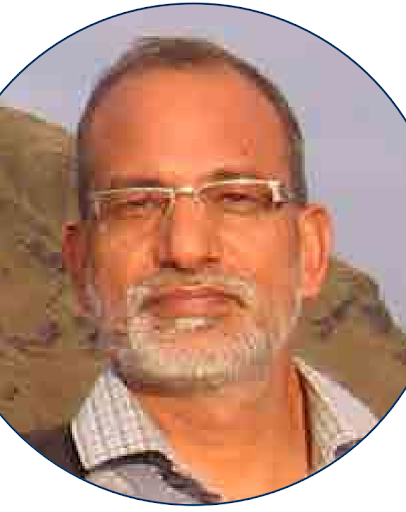
Dr. Badrish Singh Mehra, Executive Director, CHIRAG
Over the years, Uttarakhand has started losing its more than 2.5 lakhs springs to climate change, many communities still completely depend on the vanishing springs for their water needs. One such cluster of 57 villages with 20,000 people is located in Nainital district of Kumaon region of the state. The communities here are barely able to meet their cooking and drinking needs with less than 55lpcd water. In such conditions personal hygiene has taken a backseat and worst affected are the women and little girls. As per a field survey conducted in 2019 with a sample size of 1600 students, it was recorded that in these villages, 23% of the female students were not able to attend schools during menstrual cycle due lack of proper sanitation facilities at school. With 30% children having a history of water-borne diseases, the situation was alarming.
